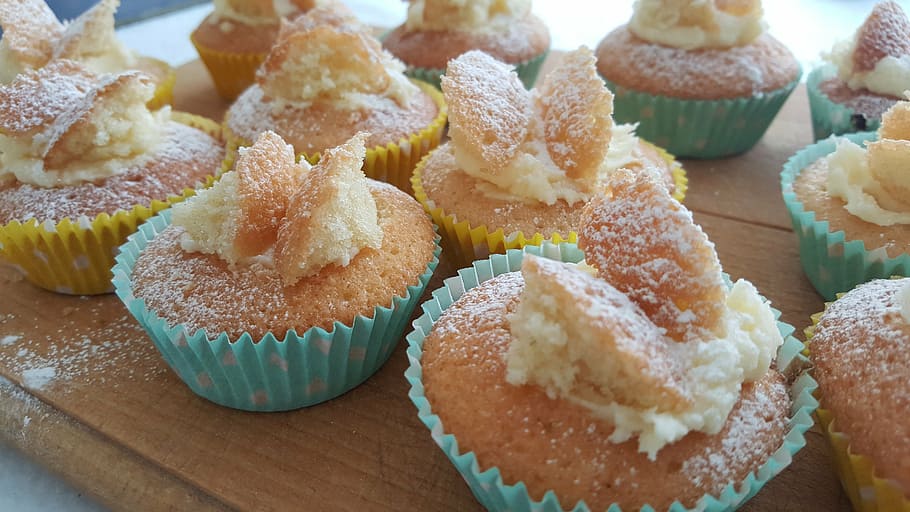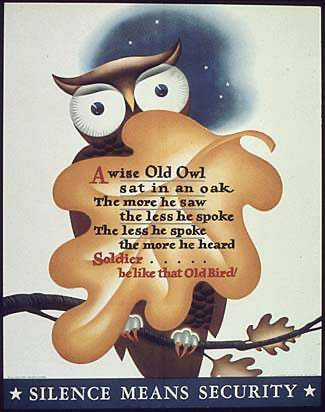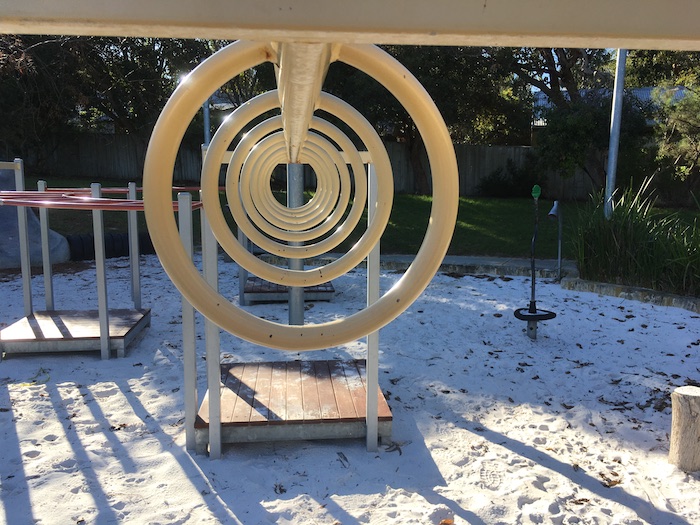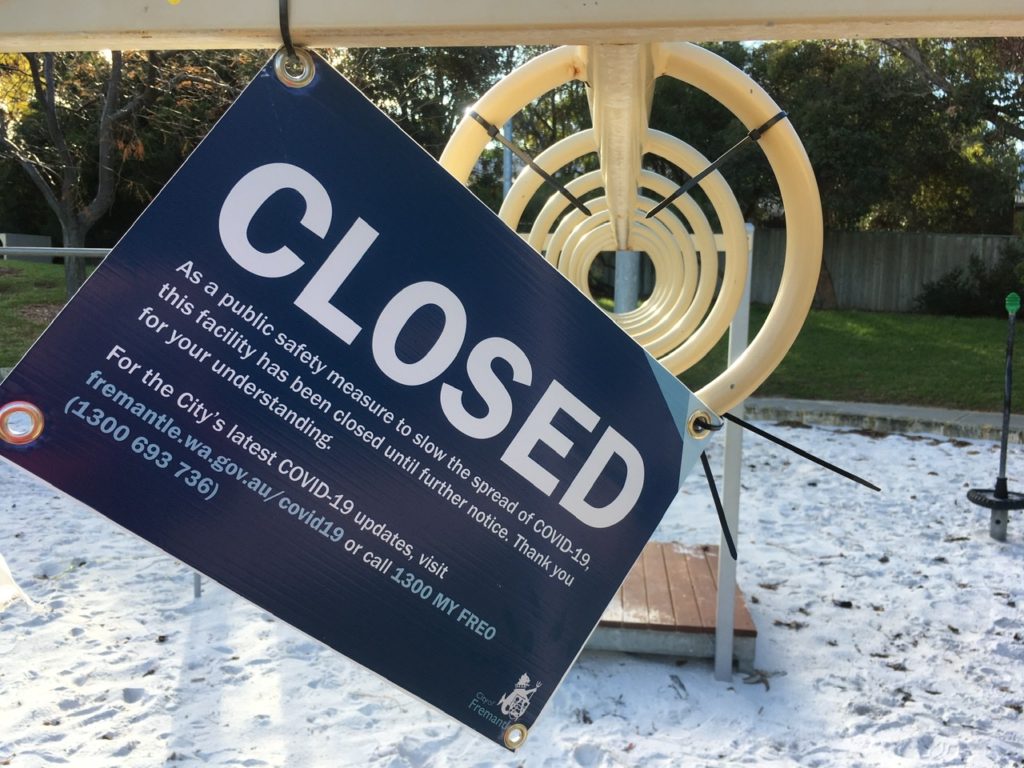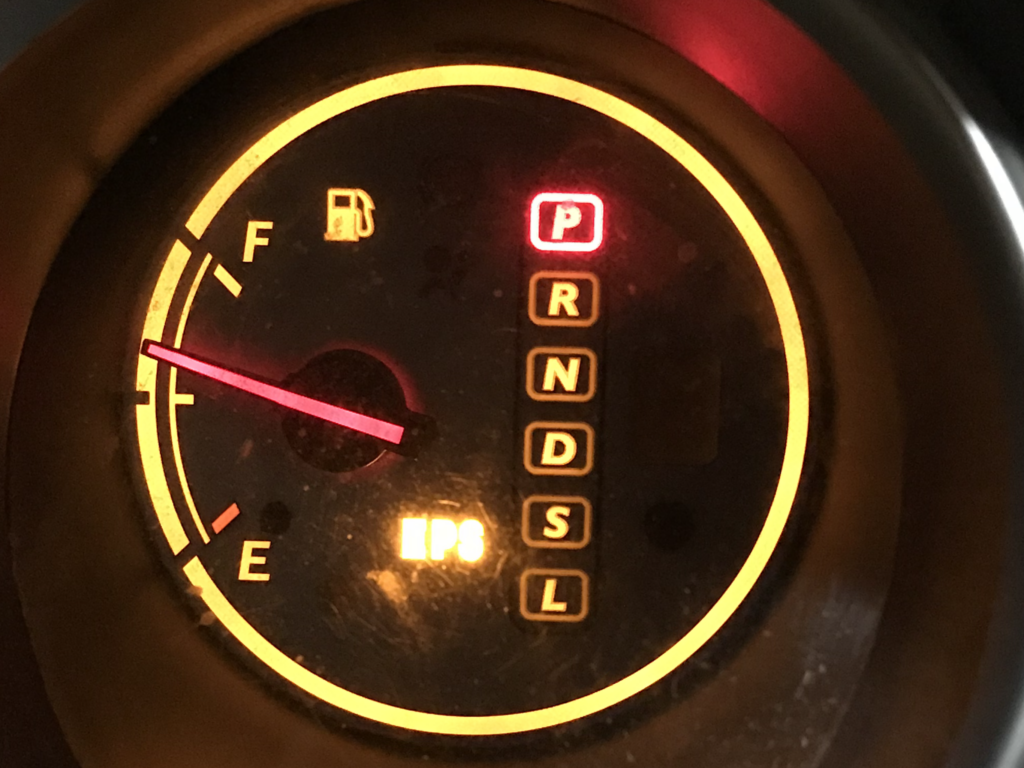I came from industry into a “clinical professional” teaching position at university.
My biggest learning curve was not working out what skills I needed to impart to make sure students met industry accreditation, and could adapt to future demands. That was easy. It was working out what was unique to a Bachelor-level university degree, and how I taught that.
This is a riff on a Tweet from Brendan Keogh in response to the Federal Government’s announcement of an opaque clustering of disciplinary degrees, making some far cheaper to students than others.
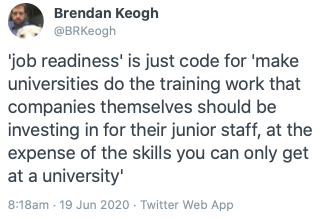
Undergraduate students I taught were graduating with a Bachelor of Arts. What I taught had to provide the same education as other B.A.s , and other university-level Bachelor degrees. I had to learn quickly what that involved, because it was not providing the same hands-on technical training that I was used to in my career in academic and public libraries. This was not TAFE.
Thank goodness for the university’s Graduate Attributes. Paraphrased, this told me that I needed to ensure students graduated with:
- cultural sensitivity
- an international perspective
- an ability to communicate clearly
- critical thinking skills
- disciplinary understanding
These skills had nothing, and everything, to do specifically with students’ future employment as librarians, records managers and archivists.
We were not talking “job ready” here. While we taught about general metadata structures, generally how to set parameters within a library management system, generally how to create a disposal schedule, we did not teach about specific products or procedures to suit a named or specific workplace. That would be the job of industry. Industry generously mentored our students during their degrees with practicum placements and showed them specific workplace skills and operational functioning.
Taking the graduate attributes seriously meant I wanted students at the end of my units to ask better questions. More questions, with a wider perspective, using disciplinary vocabulary and concepts. I wanted them to understand how to find and evaluate the best evidence. I wanted them to know how to express a point of view precisely and clearly, and to have already double-checked that there was evidence for that view. To make logical conclusions from the evidence before them. To be able to change their minds, to form new opinions and investigate and create new evidence where there was a gap.
Most of all, I wanted the people who would be protecting, preserving and communicating the memory and information of humanity to be humane.
A focus on “job readiness” ignores all these values. It weakens professions by valuing technical skill above independent and critical thinking. This means we get to stay on the same path, getting better at that path, without having ability to question the path itself.
The new government proposals make a Humanities degree the most expensive now, four to five times that of “teaching, clinical psychology, English, maths, nursing, languages and agriculture”. (No, I am not sure I see how that categorization works either).
This misses the point of a Humanities degree. I have a Year 12 student, and I explained it like this to him this morning.
An Arts degree has people ask “why?” and “is this actually good? and “what does good mean?” before a company makes a people-slicer ….. instead of “how can we make money from this people-slicer?” or “what is the most-efficient design and material for this people-slicer?”

